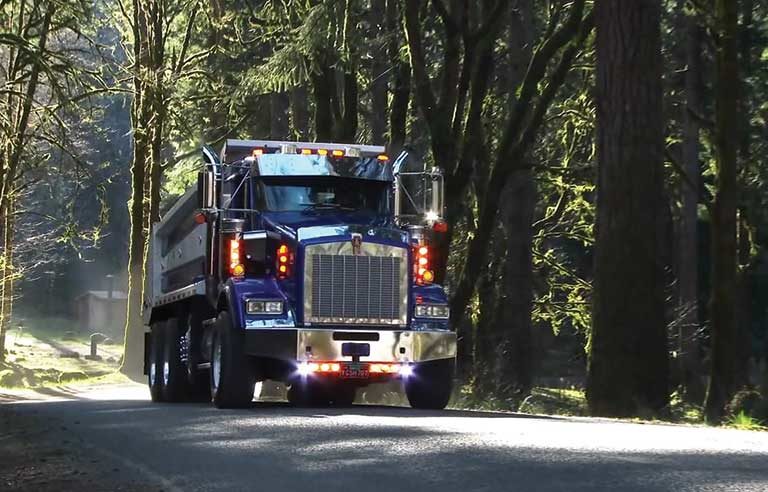Rail crossing safety for concrete, garbage and dump truck drivers: New video available

Washington — A new video from a rail safety education group is aimed at helping drivers of concrete, garbage and dump trucks safely navigate rail crossings.
Operation Lifesaver’s three-and-a-half-minute video features instructions on what to do at highway-rail grade crossings, important signs to look for and what they mean, and what to do if your vehicle stalls on the tracks.
“Due to the weight of your vehicle, you should take extra precautions when approaching and crossing railroad tracks to avoid a devastating crash,” the video says.
The most significant pieces of advice: “Do not try to beat a train” and “If your truck doesn’t fit, don’t commit.” Also, drivers should leave at least 15 feet between the front or rear of their vehicles and the closest rail because trains hang over the rails.
If a vehicle stalls on a track, drivers should get out even if a train isn’t approaching. If a train is coming, drivers should run at a 45-degree angle away from the tracks and toward the train to avoid debris. If no train is in sight, drivers should call the emergency number typically located on a sign near the rail crossing’s lights and arms.
Preliminary data from the Federal Railroad Administration, which provided funding for the video, shows that 506 incidents involving heavy trucks at rail crossings occurred in 2018 – up from 449 in 2017 and 443 in 2016.
“Our goal with the video is to educate drivers, waste management companies, municipalities and cement producers about the dangers railroad crossings pose to drivers and the importance of educating these employees to save lives,” Operation Lifesaver Executive Director Rachel Maleh said in a press release. “The increase in 2018 crossing incidents involving heavy trucks underscores the need to reach these audiences and reduce these preventable incidents.”
Post a comment to this article
Safety+Health welcomes comments that promote respectful dialogue. Please stay on topic. Comments that contain personal attacks, profanity or abusive language – or those aggressively promoting products or services – will be removed. We reserve the right to determine which comments violate our comment policy. (Anonymous comments are welcome; merely skip the “name” field in the comment box. An email address is required but will not be included with your comment.)

